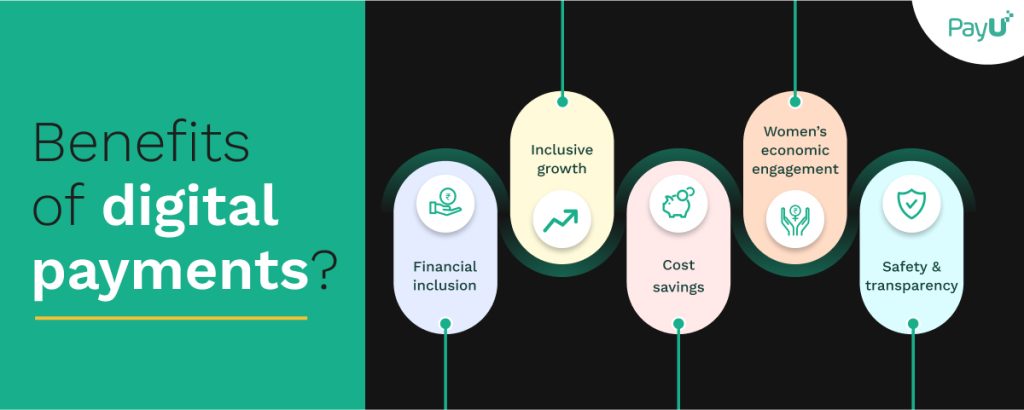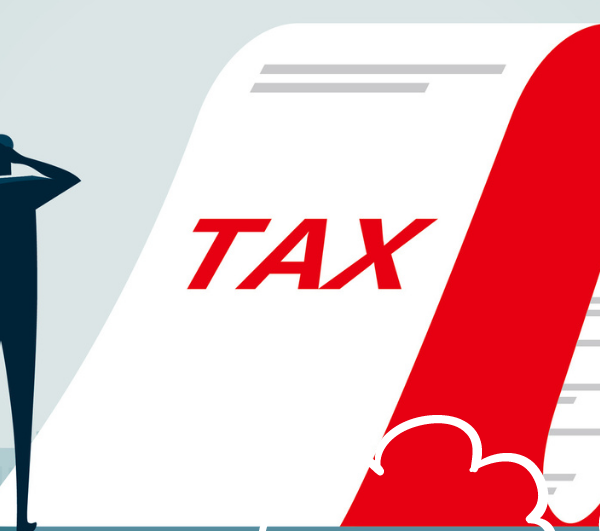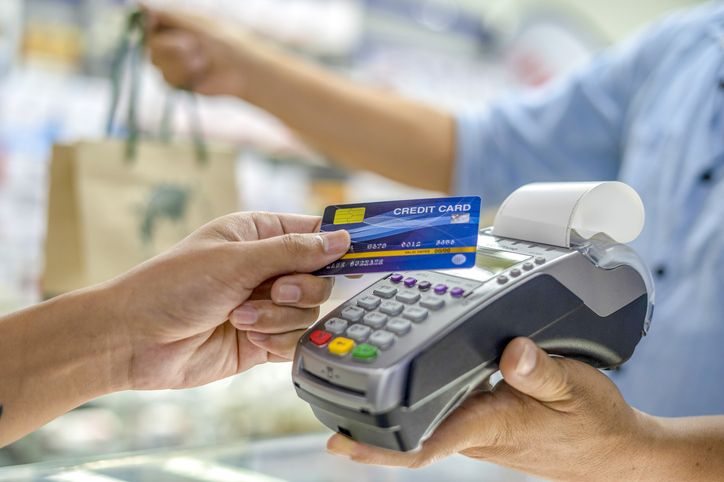Cash has become obsolete; thus, sellers and buyers wanted secure and convenient payment options. This is where digital payments came into play, allowing inclusive growth of the economy as a whole.
The world has become increasingly connected through various digital platforms. Due to the advancement of technology and the internet, there have been several advancements in making payments. Worldwide financial technology or fintech businesses provide these highly secure services. There are multiple digital payment startups in India, such as the PayU Payment Gateway. The majority of these startups and companies cover all of the various ways of making these money transfers.
Following demonetization and the ensuing problems with cash payments, the government made digital payments in India a priority. The Indian government has taken several steps to promote and support digital payments systems in India. The government has set a goal for the ‘Digital India’ initiative to establish a ‘digitally empowered’ ecosystem: ‘ Faceless, Paperless, Cashless.’
What are Digital Payments?
Digital payments are transactions made via online modes without any physical exchange of money. This means that both parties, the payer and the payee, use electronic mediums to exchange money.
The fast adoption of mobile devices and the rise of e-commerce are not the only factors driving digital payment rise. The following factors also have encouraged the expansion of these payment systems:
- Traditional payment procedures are much more streamlined today.
- More new entrants and competitors.
- Expectations and Preferences of consumers are constantly evolving.
- Rules, Regulations, and Legal frameworks.
- Innovations that are both competitive as well as collaborative.
- Newer payment methods have emerged as a result of technological advances and the adoption of existing ones.
Why are Digital Payments Important?
Establishing financial parity always remains critical in a nation like India, where inequalities are sometimes fundamentally opposed. One of the main reasons our government started talking more and more about Cashless Economy and Digital India was to make financial resources more accessible to every citizen possible.
Depending on the platform you choose, digital payments are done by transferring money from the user’s account to your corporate bank account via the internet secure bank network. When you receive payment, the money is immediately sent to your corporate account. This makes the overall online payment procedure very simple and trustworthy. The following factors justify the increasing need for digital payments:
- Cash has become almost obsolete, mainly following the COVID-19 pandemic. Thus, sellers and buyers are looking for secure and convenient payment options.
- Any company or individual from anywhere in the world can use digital payment methods.
- You can make online payments more quickly than cash.
- Compared to the traditional payment methods, digital payments are safer, simpler to process, and far less costly in the long term.
What are the Different Methods of Digital Payments?
Here are some of the most common digital payment technologies in India that might help you save time and manage your money transfers:
Banking Cards
Banking cards, like debit and credit cards, are the earliest digital payment methods available in India. It had a significant impact on the payment system. This change was necessary for the long run to allow for a cashless or digital economy.
Mobile Banking
Mobile banking refers to the use of e-banking services such as NEFT, RTGS, IMPS transactions to transmit money around the world utilizing your online banking platform. Most leading banks are working on interactive internet banking platforms to make online banking transactions increasingly common than they are now.
Mobile Wallets
A payment wallet comes with a lot of digital payments software. This wallet is a digital wallet that holds your money instead of your bank account in an incredibly simple interface, allowing users to conduct financial transactions straight from the application wallet.
Unified Payments Interface (UPI)
UPI is among the most widely used digital payment systems currently. Numerous simple and user-friendly smartphone applications enable users to transact directly from their bank account in seconds using the KYC verification completed during their account setup process.
Unstructured Supplementary Service Data (USSD)
USSD is a digitized form of payment that does not need the internet. It is the most convenient as you can do it by calling a standard code immediately from a genuine and validated phone network.
What are the Benefits of Digital Payments?
Users, businesses, governments, and global development entities all benefit from digital payments. The following are some of the advantages of turning digital:

- To promote financial inclusion, increase access to various financial services, such as savings, credit, and insurance.
- Inclusive growth enables a more optimal income movement by allowing the economically disadvantaged to contribute to the economy.
- Higher effectiveness and responsiveness result in cost savings.
- Women’s economic engagement has gone north on the charts by giving them more control over their finances and additional options.
- Safety and Transparency is much better these days as increasing and rapid tracking and accountability reduces fraud and theft.
PayU As Your Digital Payments Partner
PayU gives users simple, safe, and secure payment solutions with no need for coding and downtime. It even gives you access to digital payments application descriptions and also full-time integration support for the same. It enables users, individuals, freelancers, businesses as well as organizations to:
- Create their online presence.
- Accept online payments on the website, mobile app, and more.
- Collect payments via professional invoices, blogs, web pages, QR codes, excel sheets, among others.
- Pay their vendors, employees, and customers even on bank holidays with real-time updates.
Conclusion
The days of people relying on traditional payment methods like cash and cheques are pretty much gone. Computers and mobile phones have transformed the way we live and work and manage our finances and transactions. The emergence of modern services, such as e-commerce, has resulted in a desire for faster payment methods due to the constantly changing and expanding technologies.






